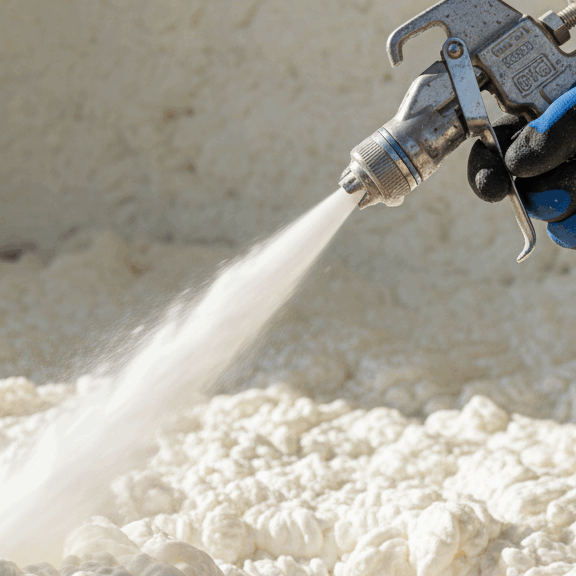Why Choose Spray Foam Over Traditional Insulation?
How Spray Foam Works (Quick Overview)
Note: Health and safety matter. During installation, protective gear and ventilation are essential until curing completes. Wikipedia+1
Our Spray Foam Installation & Service Workflow
01
Initial inspection & mapping
We survey walls, ceilings, attics, rim joists, and identify critical leakage zones.
02
System design & specification
Select open or closed cell, thickness, core layering, and integration with ventilation.
03
Protective measures
Masking and protection of surrounding spaces (floors, furniture, HVAC).
04
Precise application
Skilled applicators spray panels in controlled passes, checking depths and curing behavior.
05
Quality check & trimming
Excess foam is trimmed, surfaces inspected for gaps or over-spray.
06
Performance verification
Thermal and leak testing (e.g. blower door, infrared) confirms performance.
07
Maintenance & warranty
We offer inspect & re-tune service, warranty on materials, and guidance for homeowners.
Local Use Cases
Types of Spray Foam & Where to Use Them
TYPE
DESCRIPTION
BEST USE CASE
Open-Cell Foam
Lower density, softer, more vapor-permeable
Interior walls, ceilings, sound control zones
Closed-Cell Foam
Higher density, rigid, water and vapor resistant
Exterior walls, basements, rim joists, roofs
Often we use hybrid systems — closed-cell at critical barriers, open-cell elsewhere — to balance cost and performance.
Cost, Payback & ROI

